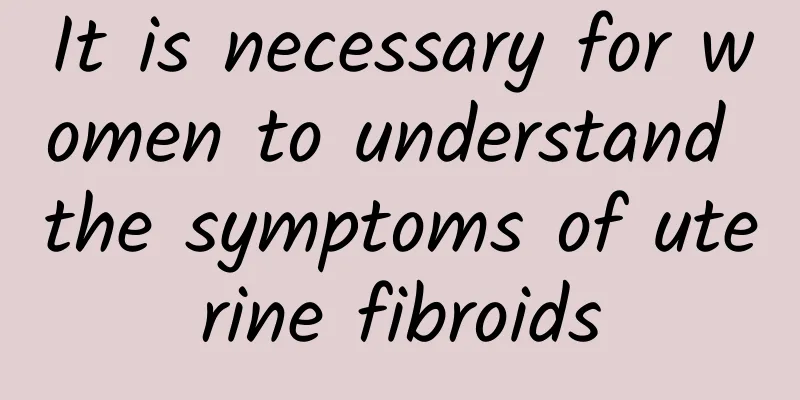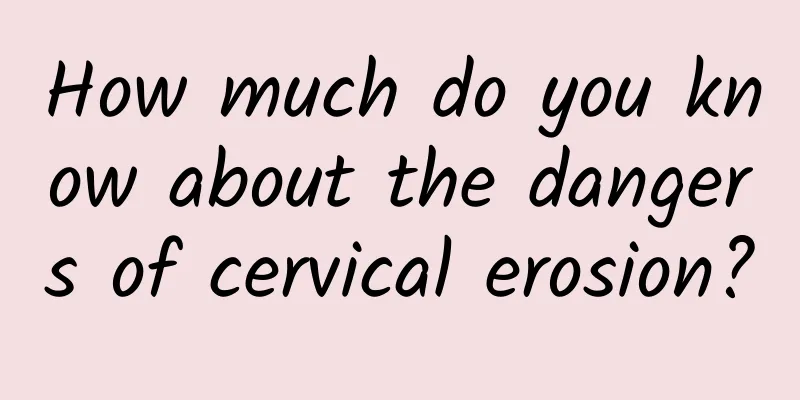Basic drug therapy for menopause

|
We all know that menopause will accelerate the aging of girls. For some women who love beauty, menopause is unacceptable. In fact, we have some treatments for menopause that can reduce the speed of menopause. In order to enable more women who love beauty to pursue beauty, let us learn about the basic drug therapy for treating menopause. 1. In principle, HRT (hormone replacement therapy) should be aimed at maintaining the health of the body. For example, long-term medication is required to prevent postmenopausal degenerative diseases. (1) Etiological treatment: During the reproductive period, the cyclical changes in the estrogen and progesterone in the blood of women participate in coordinating the physiological activities of the body, becoming an important factor in stabilizing the internal environment of the female body and maintaining health. After menopause, the continuous decline of estrogen and progesterone causes women's physical and mental dysfunction, and the body produces a series of degenerative lesions, resulting in poor physical health of some women. Etiological treatment is given to these health problems caused by estrogen deficiency. (2) Physiological supplementation: The purpose is to enable the organs of postmenopausal women to function physiologically as much as possible to maintain the health of the body, not to restore their endocrine conditions to the level of the ovarian cycle during the reproductive period, which is physiological supplementation. Physiological supplementation mostly advocates the use of natural estrogens, that is, the chemical structures of estrone, estradiol and estriol. The dosage is controlled at a blood E2 concentration of about 220pmol/L, or within the equivalent estrogen activity range, and should not exceed 550pmol/L. Exceeding this level may lead to an increase in side effects. Since the estrogen and progesterone in contraceptives are in large doses, highly active, and have a non-physiological chemical structure, they are not suitable for physiological supplementation in HRT. (3) During the menopausal transition period, HRT should focus on supplementing progesterone: During the menopausal transition period, the growth and development disorders of follicles gradually increase, and finally the functional follicles disappear from the ovaries. The corresponding changes in estrogen and progesterone during this period are: first, there is a relative lack of progesterone, and then there is a lack of it; the lack of estrogen changes cyclically, although there may be a transient relative excess, the total amount gradually decreases, and finally to lack, forming a relatively excessive or single unopposed estrogen stimulation for a long time. Some women may experience varying degrees of proliferative changes in the endometrium, and even malignant changes. Therefore, during this period, the main focus should be on cyclical supplementation of progesterone to adjust the menstrual cycle and prevent endometrial proliferative lesions. As estrogen gradually becomes deficient, estrogen can be supplemented at the same time. (4) HRT in the late menopause should be mainly based on estrogen supplementation: Early postmenopause ovarian follicle activity basically stops. The blood estradiol concentration drops from about 150-1500pmol/L in the reproductive period to below 80pmol/L within 1-2 years, which is lower than the basic level for maintaining the physiological functions of the body's organs. Endometrial atrophy is completed within 2-3 years after menopause, and the rate of bone loss is fastest within 1-3 years after menopause. Corresponding degenerative changes occur in various organs throughout the body. Therefore, to prevent postmenopausal degenerative lesions, timely and long-term estrogen supplementation should be used. In order to counteract the side effects of estrogen on endometrial hyperplasia, those with a uterus need to add progesterone. Warm reminder, through reading the above we have learned several methods of treating menopause. The first is etiological treatment. The second is physiological supplementation. Finally, during the menopausal transition period, progesterone should be supplemented as the main method. The above methods can effectively treat menopause. Therefore, female friends who suffer from menopause can try it. I believe it will be of great help to you. |
<<: Medical treatments for menopause
>>: What are the medical treatments for menopause?
Recommend
What are uterine fibroids
Uterine fibroids are hormone-dependent tumors, us...
Lower abdominal pain may also be an early symptom of ectopic pregnancy
Ectopic pregnancy is common in many pregnant wome...
Soy products help lose weight! Is soy milk better or tofu?
The currently popular soy milk weight loss method...
How many days after your period is delayed can you take a pregnancy test?
How many days of delayed menstruation can be used...
How to tell if you have cervicitis
As a common gynecological disease, cervicitis can...
What medicine is good for endometriosis?
It is necessary to treat endometriosis because pa...
How to treat cervical hypertrophy?
Cryotherapy for the treatment of cervical hypertr...
What are the common causes of adnexitis?
What are the common causes of adnexitis? I believ...
What are the symptoms of threatened miscarriage in pregnancy?
What are the symptoms of threatened abortion when...
What are the causes of adenomyosis?
As a common gynecological disease, although adeno...
How much do you know about cervical erosion?
Cervical erosion is one of the common gynecologic...
What to eat for irregular menstruation? Teach you seven dietary therapies to easily treat irregular menstruation
Menstruation has been a "good friend" o...
Surgical treatment of cervical precancerous lesions
Can cervical precancer be treated in the late sta...
Pelvic breathing in the morning! Improve blood circulation
Stretching in the morning is very effective in pr...
Slow calories make you thin so that you can maintain blood sugar level
"I gain weight no matter what I eat"? I...









